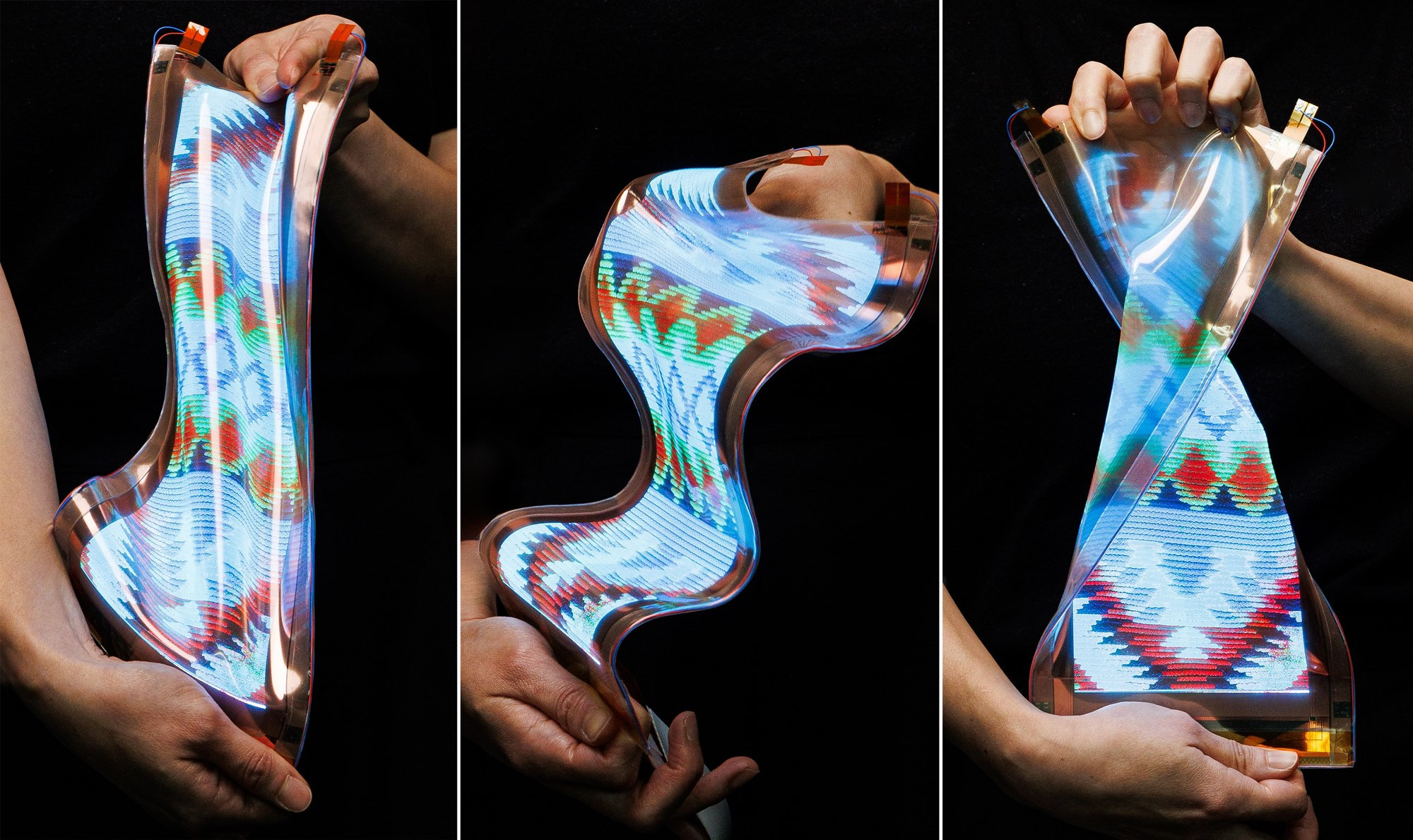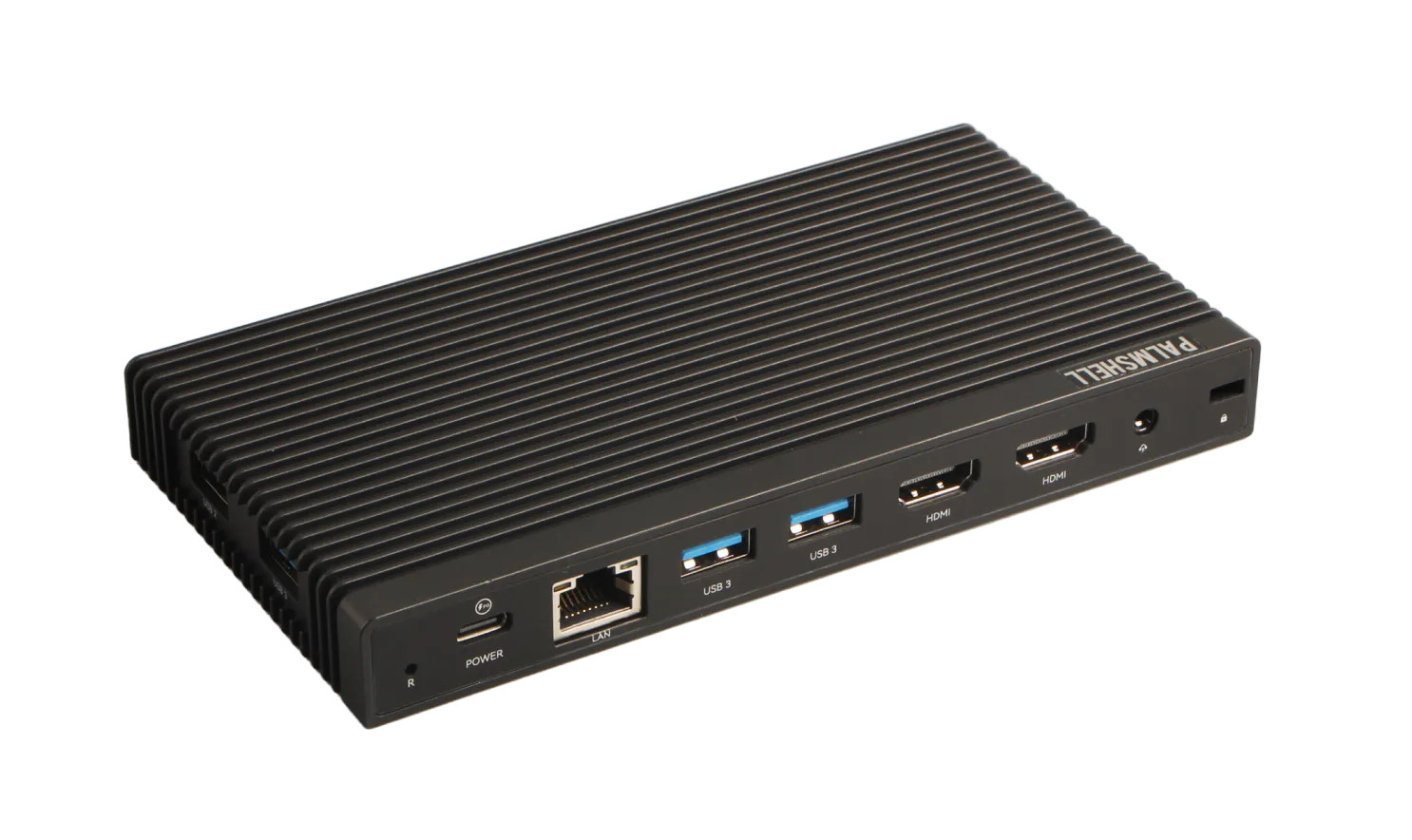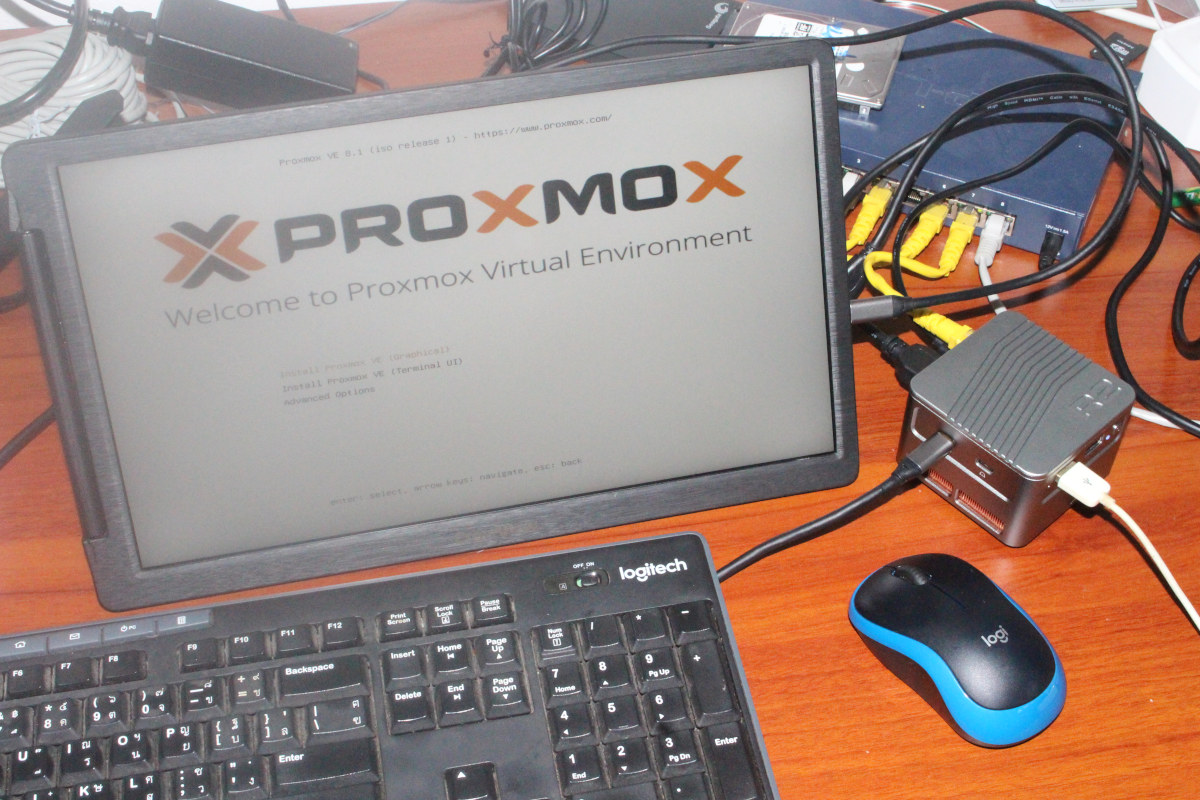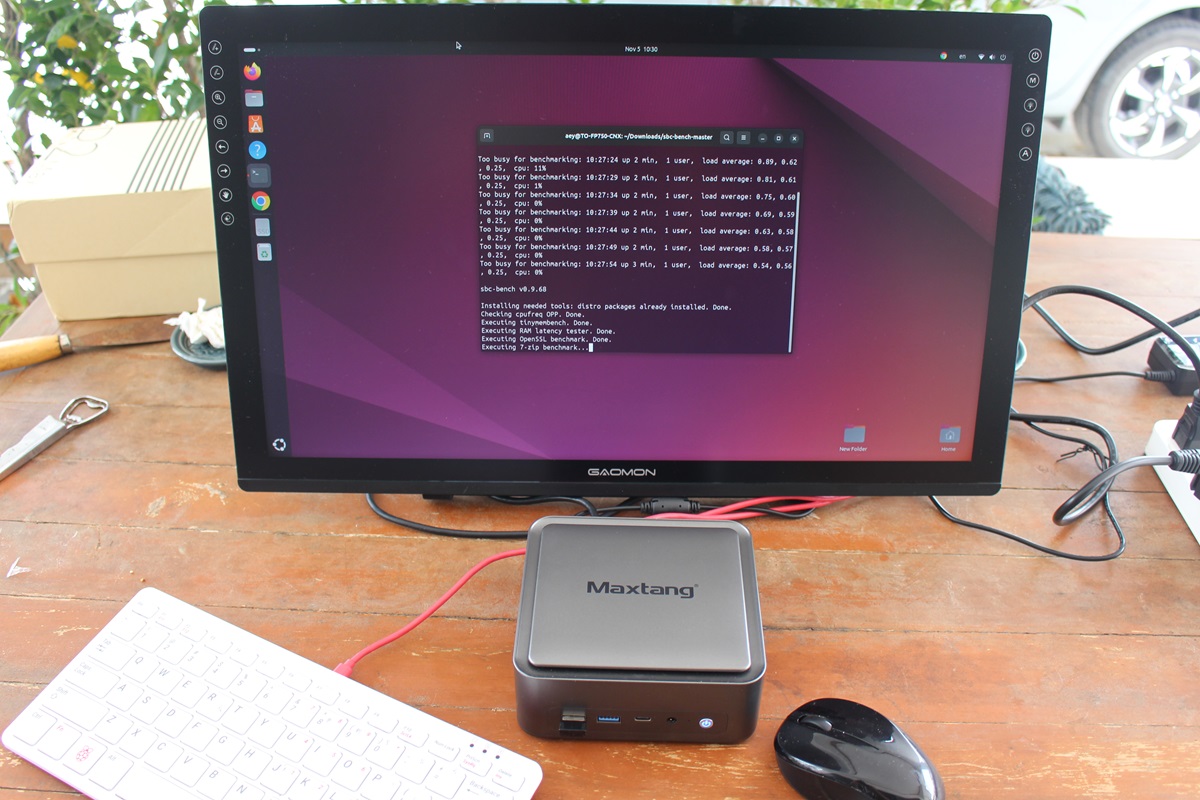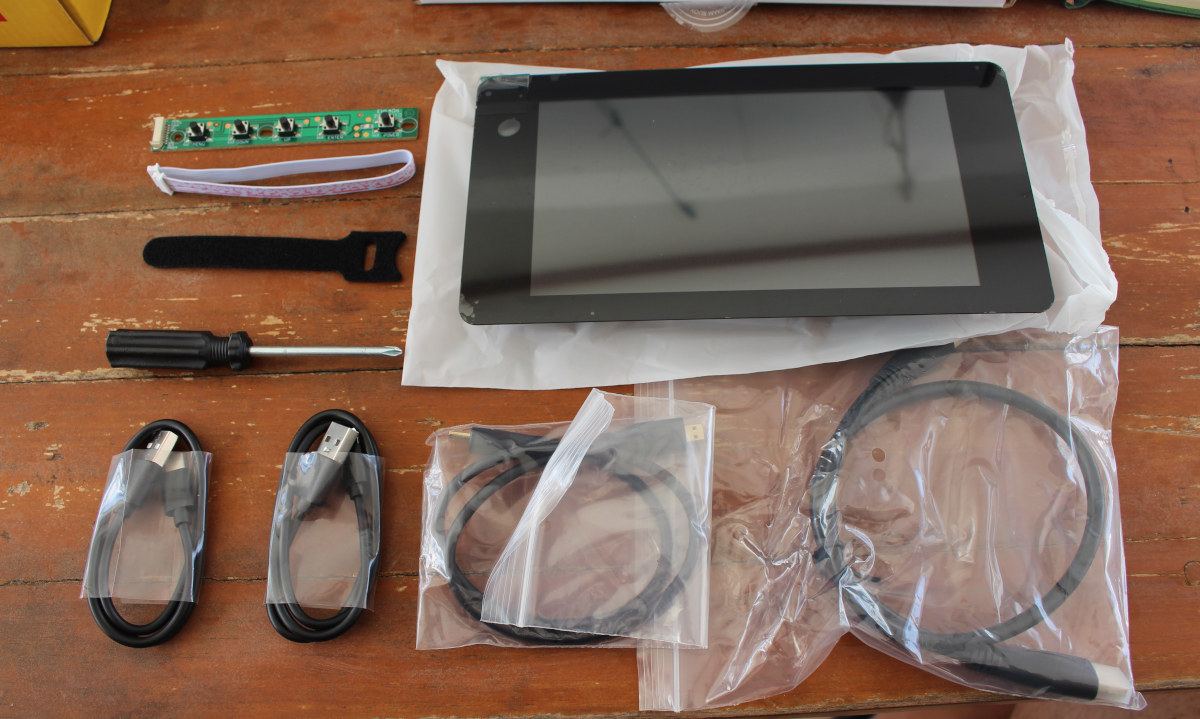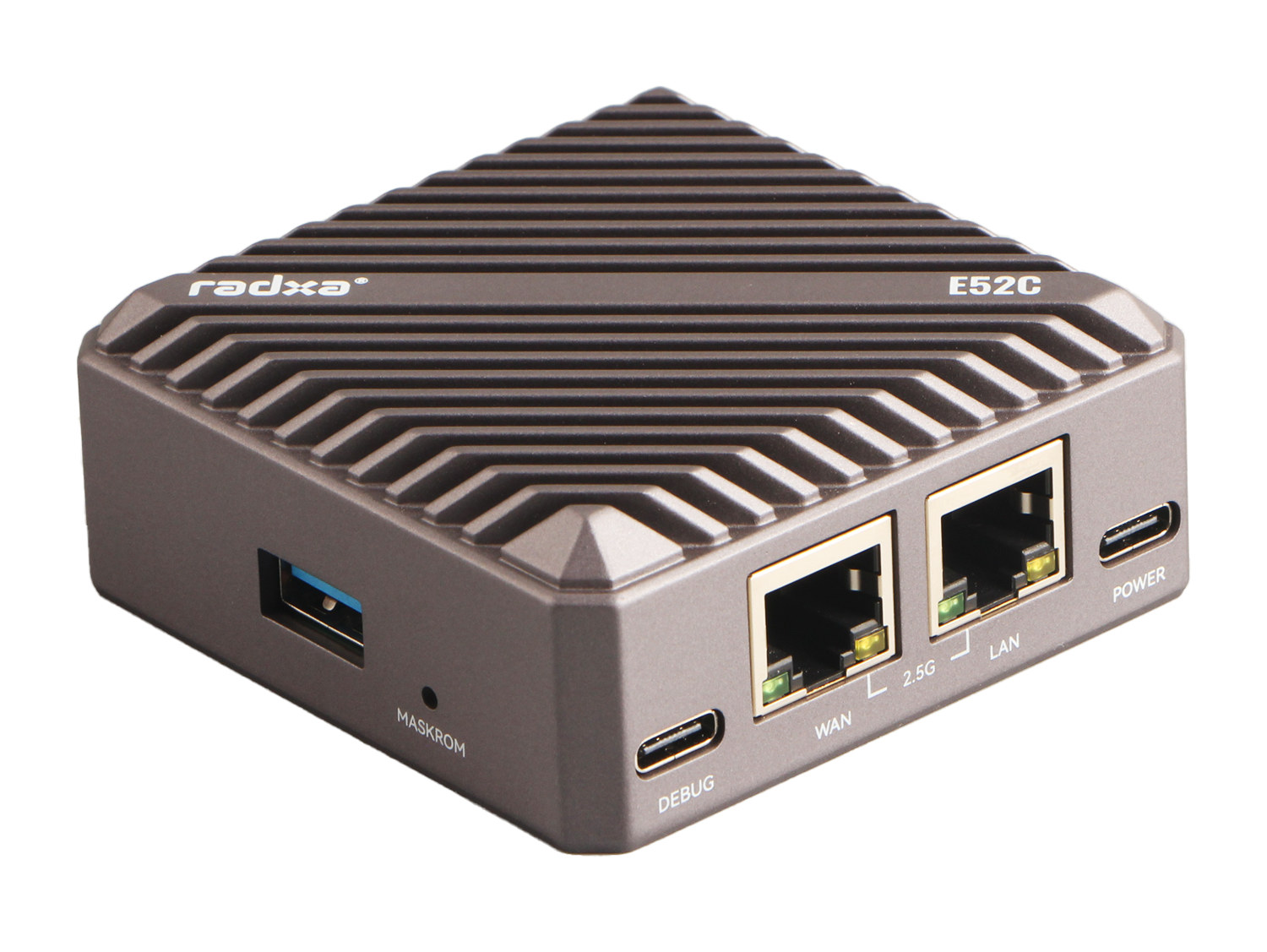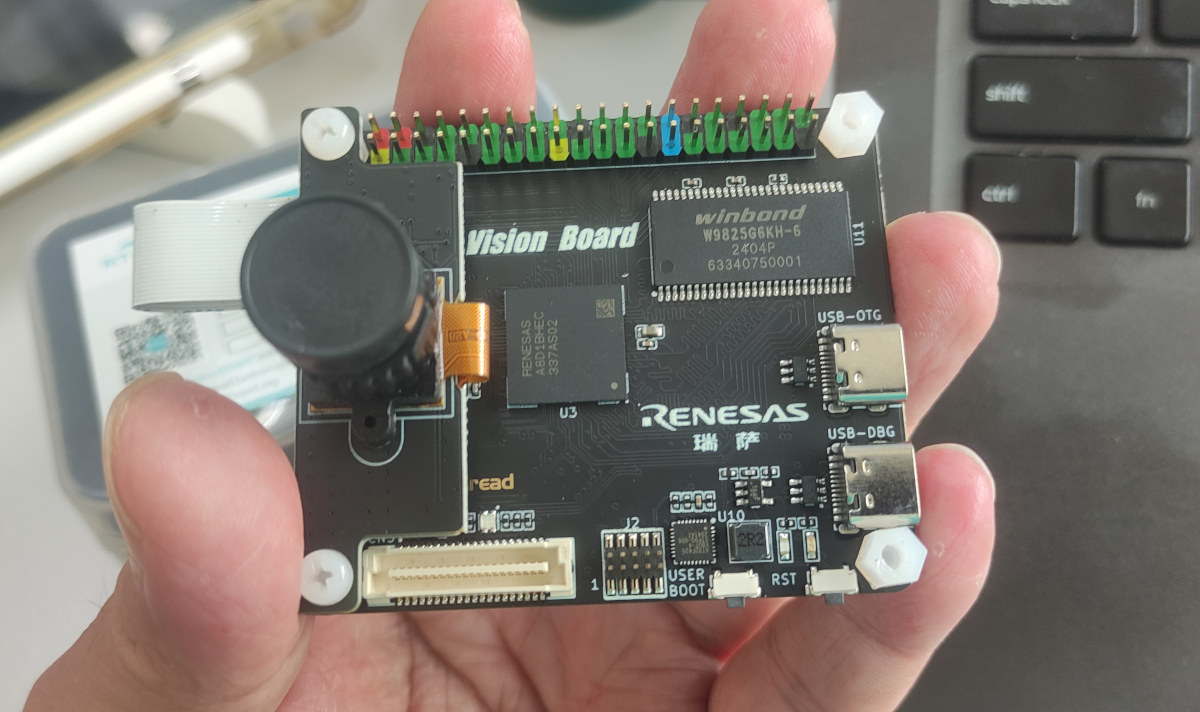A new category of devices – the stretchables – may soon be upon us, as after writing about Murata stretchable PCBs for medical applications a few days ago, I’ve now come across LG’s latest stretchable display that can be extended from its original 12-inch size up to 18 inches. It’s the second stretchable display showcased by the Korean company, as the first prototype was unveiled in 2022 with an elongation rate of just 20%. The new display extends that to 50% and delivers a high resolution of 100ppi (pixels per inch) and full red, green, and blue (RGB) color (probably at its original size). LG Display further explains that their engineers have applied a number of new technologies “such as improving the properties of a special silicon material substrate used in contact lenses and developing a new wiring design structure to improve the panel’s stretchability and flexibility”. Durability was also […]
Palmshell SLiM X4L is a low-cost, ultrathin mini PC based on Intel N100 Alder Lake-N SoC
Radxa Palmshell SLiM X4L is a low-cost, ultrathin mini PC powered by an Intel N100 Alder Lake-N SoC, equipped with 8GB to 32GB LPDDR5 RAM and a 128GB to 1TB NVMe SSD, and with a design that somewhat reminds me of the MeLE Quieter4C fanless mini PC. It’s also an update of the Palmshell SLiM X2L based on the Radxa X2L SBC powered by an Intel Celeron J4125 quad-core Gemini Lake Refresh processor and the X4L features the exact same port layout with two USB ports on the side, a USB-C port for power, a low-profile Ethernet RJ45 port, two more USB 3.2 Type-A ports on the rear panel, two HDMI outputs, a 3.5mm headphone jack, and a Kensington lock. Palmshell SLiM X4L specifications: SoC – Intel Processor N100 CPU – Quad-core Alder Lake-N processor @ up to 3.4 GHz (Turbo) GPU – 24EU Intel HD Graphics @ up to […]
AMPCOM 8-port 2.5GbE managed switch with 10GbE SPF+ cage sells for less than $60
AMPCOM has launched an inexpensive, fanless 8-port 2.5GbE managed switch with one 10GbE SFP+ cage that sells for less than $60 on Aliexpress with free shipping and before taxes (if you live in Europe). Upgrading your local networking to 10GbE (10 Gbps Ethernet) can still be relatively expensive, and when I look at 10GbE switches on Amazon, most are sold for $200 to $400, and the cheapest models cost around $120. But if you don’t need multiple 10GbE ports on your switch, I’ve been informed about an inexpensive 8-port 2.5GbE managed switch with a single 10GbE SFP+ cage. And as we’ve just seen it’s possible to purchase a dual 10GbE mini PC/router for $299 (barebone), so it’s becoming more affordable than ever to switch to 10GbE networking even though not everybody may benefit from the higher speeds. AMPCOM ZX-SWTGW218AS managed switch specifications: Ports 8x 100M/1000M/2500M RJ45 ports 10GbE SFP+ port […]
Giveaway Week 2024 – iKOOLCORE R2 Core i3-N300 mini PC and quad 2.5GbE router
Let’s end CNX Software’s Giveaway Week 2024 with a bang! The last prize is an iKOOLCORE R2 mini PC and router powered by an Intel Core i3-N300 Alder Lake-N CPU, equipped with 8GB RAM and a 512GB NVMe SSD, and featuring four 2.5GbE ports. The tiny PC also comes with HDMI and USB-C ports for dual 4K video output, an M.2 E-Key socket to install a wireless module for WiFi and Bluetooth, two USB 3.1 Gen 2 (5 Gbps) Type-A ports, a USB 3.1 Gen 2 (10 Gbps) Type-C port with DisplayPort Alt. mode, and a not-so-useful USB-C audio port using Realtek ALC987 codec. My review of the iKOOLCORE R2 last year was a learning experience as it was the first time I used Proxmox VE and pfSense, and since I wanted to use the system both as a mini PC running Ubuntu 22.04 desktop and a router/firewall running pfSense […]
Maxtang T0-FP750 review – Part 3: An AMD Ryzen 7 8845HS mini PC tested with Ubuntu 24.04
We’ve already checked out the hardware of the Maxtang T0-FP750 mini PC with an unboxing and a teardown in the first part of the review, before thoroughly testing the AMD Ryzen 7 8845HS mini PC in Windows 11 Pro. The time has now come to report our experience with Ubuntu 24.04, and more exactly Ubuntu 24.04.1 “dot” release, with the Maxtang T0-FT750 mini PC in the final part of the review. This will include a software overview, feature tests, benchmarks, storage and USB performance evaluation, 2.5Gbps Ethernet and WiFi 6 network performance tests, a stress test to check for thermal and/or power throttling, and fan noise and power consumption measurements. We will also compare the results of the Maxtang T0-FP750 mini PC in Ubuntu 24.04 against the ones for the earlier Maxtang MTN-FP750 mini PC using AMD Ryzen 7 7735HS CPU which we tested with Ubuntu 22.04. Ubuntu 24.04 system […]
Giveaway Week 2024 – Elecrow 7-inch CrowVision touchscreen display for Raspberry Pi and other SBCs
It’s already day 6 of CNX Software’s Giveaway Week 2024, and the prize is the Elecrow 7-inch CrowVision touchscreen display designed for Raspberry Pi boards and other single board computers (SBC). Elecrow sent us a sample of the touchscreen display last year to review “whenever we have time”. But it turns out that finding time is tricky, so instead of getting it to waste, I decided to give it away to one lucky reader of CNX Software. Elecrow CrowVision 7-inch display specifications: Type – 7-inch IPS display Resolution – 1024×600 Multitouch – 5-point capacitive touchscreen Viewing angle – 178° Video Input – Mini HDMI connector USB – Micro USB port for touchscreen function Audio 3.5mm audio jack for headphones Speaker connector User input – Touchscreen and keypad interface for provided 5-key board Power Supply 12V/2A DC input via power barrel jack 5V DC output via USB Type-A port Dimensions – […]
Radxa E52C – A Rockchip RK3582 router with dual 2.5GbE, USB 3.0 port, USB serial console port
Radxa E52C is a compact router based on Rockchip RK3582 hexa-core Cortex-A76/A55 SoC and featuring two 2.5GbE ports, a USB 3.0 port, and a USB-C port for serial console access which will make some readers happy… It’s an update to the earlier Radxa E20C “Mini Network Titan” router, which was limited to two Gigabit Ethernet ports and a USB 2.0 port, and powered by an entry-level Rockchip RK3528A quad-core Cortex-A53 SoC. The Radxa E52C is better in every way with a much faster CPU, higher maximum memory and flash storage capacities, faster networking, and support for USB 3.0 storage or wireless dongles leading the company to call it an “Enhanced Mini Network Titan”. Radxa E52C specifications: SoC – Rockchip RK3582 CPU Dual-core Cortex-A76 with up to 2.4 GHz Quad-core Cortex-A55 at up to 1.8GHz GPU – None (all good since we are talking about a router here…) AI accelerator – 5 […]
Giveaway Week 2024 – RT-Thread Vision board with Renesas RA8D1 Arm Cortex-M85 MCU
It’s already Friday, and the fifty prize of CNX Software’s Giveaway Week 2024 will be the RT-Thread Vision board equipped with a Renesas RA8D1 Arm Cortex-M85 microcontroller, a camera, an optional LCD display, and a 40-pin GPIO header. The board is used as an evaluation platform for the Renesas RA8D1 MCU and RT-Thread real-time operating system. As its name implies, it’s mainly designed for computer vision applications leveraging the Helium MVE (M-Profile Vector Extension) for digital signal processing (DSP) and machine learning (ML) applications. I haven’t reviewed it myself and instead, received two samples from RT-Thread who sent them to me by mistake, so I’ll give them away here and on the Thai website. But it was reviewed by Supachai who tested the RT-Thread Vision board with OpenMV and ran a few benchmarks last June. The Helium MVE did not seem to be utilized in OpenMV at that time (June […]


